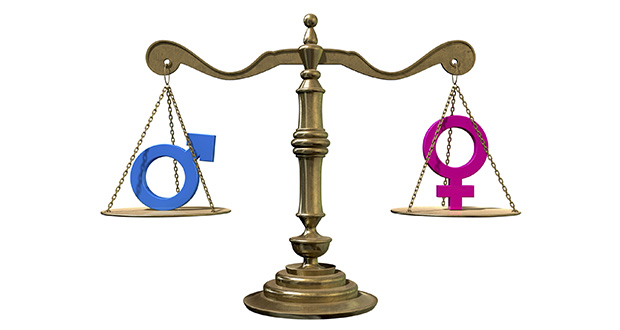The ERA: How has it still not been passed?
Courtesy of Arizona Capitol Times
The Equal Rights Amendment (ERA) says that civil rights cannot be denied based on a person’s sex.
June 3, 2018
We live in the 21st century, the century of new technology, acceptance of diversity, and progressive thinking; yet, here in America, there are still some issues that keep us from moving forward. Particularly, many Americans still hold on to old gender stereotypes that have been plaguing this nation for centuries.
Men and women are still not guaranteed equal rights under the Constitution. Kennedy Maddock (11) expressed that she “thought it was already part of our Constitution” and was shocked to find out that the Equal Rights Amendment has never been passed. So were about 80% of Americans, according to a poll by DB5 commissioned by the ERA Coalition (prnewswire.com). According to that same poll, 94% of all those surveyed agreed that there should be an amendment giving men and women equal rights included in the Constitution. With these statistics, it would seem that the ERA (Equal Rights Amendment) would have actually been passed.
This bill was first introduced in the 1920’s and eventually passed through Congress in 1972. The Equal Rights Amendment would prevent “rights under the law [from being] denied or abridged by the United States or by any State on account of sex.” Unfortunately, the bill never became an amendment since it fell short of three state votes to be ratified. Here we are 40 years later with still no equal rights. Surely we have come a long way in 40 years with the legalization of gay marriage and other progressive measures.
Based on the foundations of this country, “all men are created equal,” it would seem logical that equal rights for everyone would be obvious. Women work just as hard as men do and therefore deserve the same rights as men. Discrimination is still prevalent in America. The ERA would help fix inequality of pay for men and women, unfair legal recourse, and violence against women. Though these regulations wouldn’t be entirely prevent these problems, it would definitely help.
People have also argued that women already have equal rights even without the ERA, which is simply not true. Some may argue that the 14th Amendment gives citizens protection under the law, but as described by the ERA Coalition, “it has been interpreted to require state action and the intent to discriminate.” Intent, however, is difficult to prove since discrimination is not always intended but can still be present. Though some acts help protect women’s rights such as the Equal Pay Act, Pregnancy Discrimination Act, Title VII and Title IX, these are much easier to change than an amendment would be.
Courtesy prnewswire.com, huffingtonpost.com, eracoalition.org




































